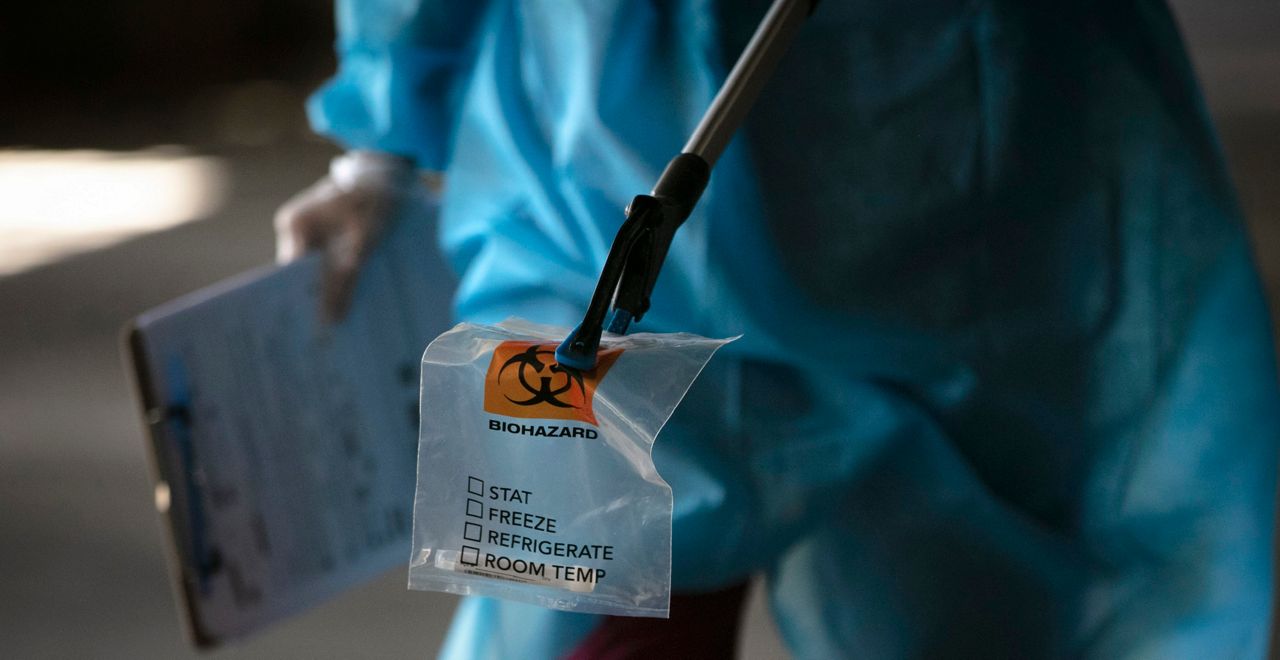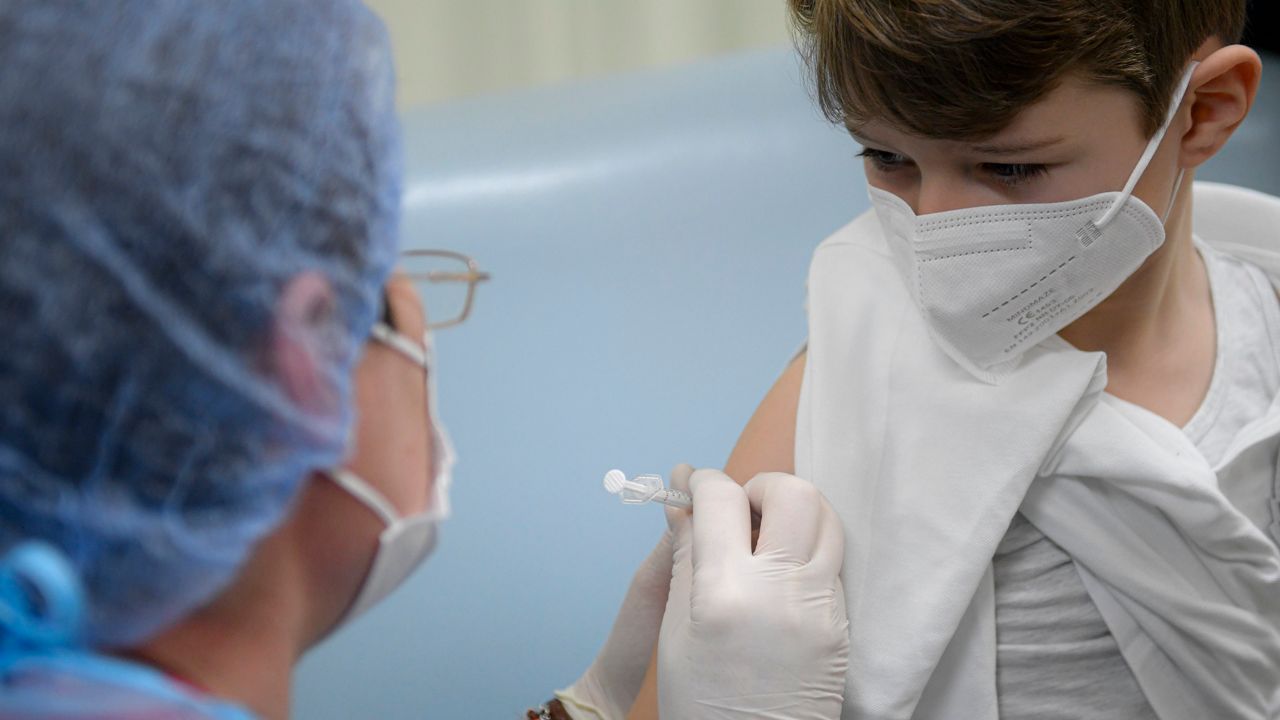MILWAUKEE (SPECTRUM NEWS) — On Tuesday, the Wisconsin Department of Health Services announced 1,117 new cases of COVID-19 in the state, setting a new record for the number of cases added on a single day and marking the first time the daily total passed 1,000 cases.
"This is the largest single-day increase in new cases Wisconsin has ever seen, and it's a good reminder that each of us needs to do all we can to stop the spread," interim state health officer Stephanie Smiley said at a Tuesday media briefing.
So far this month, the state has already shattered its own single-day case record seven times, according to DHS data. That makes July the most record-setting month for coronavirus cases since March, when the pandemic was first ramping up — with a week and a half still to go.
March included the highest number of record-setting days as the coronavirus began its spread in the state, peaking with 147 cases announced on March 28. And April and May each had five new single-day records, finishing off with a high of 733 on May 30.
In June, though, Wisconsin’s cases dipped, and no single-day case records were set that month. This may be a result of a delay period between when the state began its reopening and when infections began to spread again, says Amanda Simanek, an associate professor of epidemiology at UW-Milwaukee’s Zilber School of Public Health.
“There's probably a lag, and a sort of ramping up of those social interactions between the end of May and the end of June,” Simanek says. “Then, eventually, we start to see that uptick in cases.”
That has changed in recent weeks as case numbers have climbed again, reaching even higher than earlier peaks from the spring. While some areas, like Milwaukee and Dane County, have followed phased reopening procedures, Simanek says other parts of the state opened up rapidly, making it difficult to track exactly which measures are leading to these upticks.
During the week of July 14, Wisconsin broke its single-day record four times in rapid succession, prompting alarm from state officials.
“We did such a good job in the spring of flattening the curve, protecting each other, protecting our vulnerable citizens, protecting our healthcare workers,” DHS secretary-designee Andrea Palm said at a briefing that week. “It really is time to do that again.”
Of course, Wisconsin has expanded its testing efforts since the start of the pandemic, which accounts for some of the higher numbers. But this doesn’t explain away all of the increases, as the percentage of tests that return positive results has spiked in recent weeks, with Monday’s reported positivity rate at 10.1%. If the number continues to trend upwards, this would be the sixth consecutive week of increasing positivity rates, after seven weeks of decline.
In fact, on Saturday, which marked the sixth record-breaking day in July, the state reported fewer overall test results than in the four days prior.
All in all, Wisconsin has added more than 15,000 confirmed cases so far in July, for a cumulative count of over 44,000 cases as of Tuesday. Though deaths and hospitalizations have been relatively low — which some attributed to the pandemic affecting more young people, who are less likely to face the disease’s harshest effects — these severe infections have started to creep back up again, according to data from the Wisconsin Hospital Association.
This trend — of rising cases leading to rising deaths and hospitalizations after some lag time — has happened in other locations as well, and Wisconsin should expect to see more uptick in severe infections moving forward, Simanek says. She’s concerned about the high single-day totals, which on average are now nearly double what the state was adding last month.
Especially looking toward the fall and the debates over reopening schools, the high transmission rates will require some tough, strategic decisions on the individual and community levels to reduce interactions, Simanek says.
“Many public health professionals expressed concern that if you lift social distancing measures too early on in the process of flattening the curve, that you could get a resurgence, and that spike would be greater than what you experienced before,” she says. “I think that's exactly what we're observing, and it's hard to envision the curve magically flattening unless we do take some actions to reduce social interaction.”







